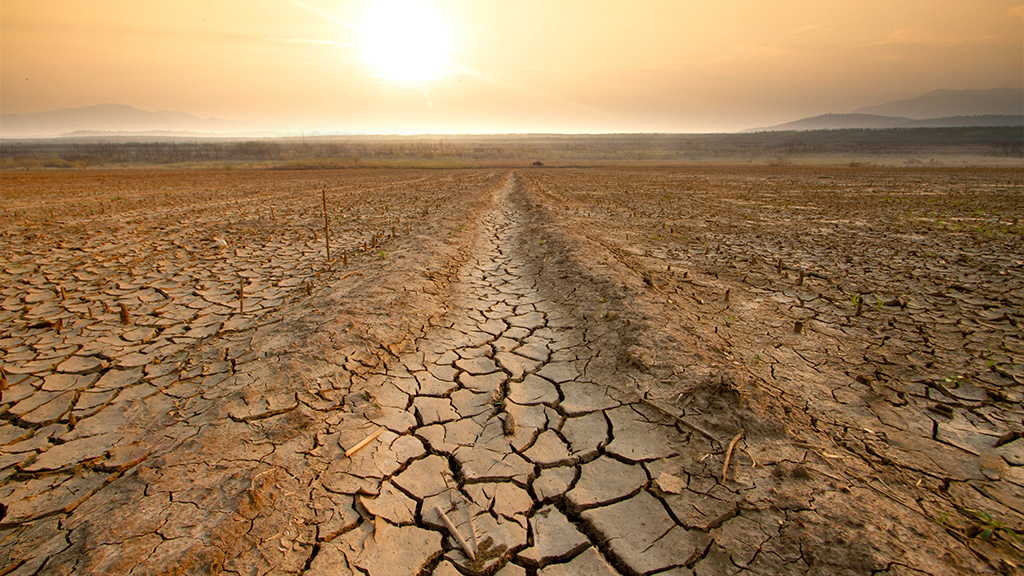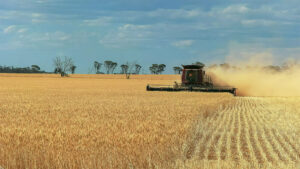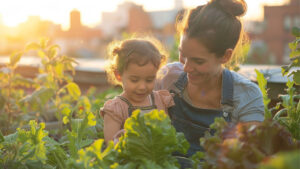A surprising solution for farmers adapting to climate change
Scientists studying climate change calculate that rainfall will become less predictable and more extreme. In farming regions already susceptible to droughts, these will be more pronounced. Water economy will become critical.
For farmers adapting to climate change, a surprising solution might be one based on water: hydroponics.
Hydroponics use approximately a tenth of the water used in traditional field farming.
Warmer weather increases evaporation. Global warming means warmer air. Warm air can store more water than cool air. Regions where storms are common will experience more frequent storms. When rain falls, it will likely be more intense.
On a traditional farm, excess water runs into local water sources, taking topsoil, nutrients and chemicals with it. In the future, runoff events will become more common. In a hydroponic system, there is no runoff. Water is captured and reused.
More frequent storms and changing temperatures could reduce farm productivity. Fruit yields will fall. Because soil nutrients will wash away with runoff, food nutrition will also fall.
Hydroponic farming is immune to these changes. In a controlled environment, food yields and nutrition remain steady.
Climate change is predicted to increase the occurrence of invasive pests and crop diseases. Pests and diseases commonly spread through the air or soil.
Because hydroponic farming takes place indoors and without soil, both pests and diseases are less common.
On a dry continent like Australia, some farming takes place on land that is marginally suited to farming, due to poor soil or poor rainfall. Hydroponics overcomes both, making it an ideal alternative for these areas.
Around 50% of the world’s farmland is cultivated to feed humans. 40% is planted with livestock fodder. Some of that fodder is suited to hydroponics. (Studies show that this hydroponic fodder increases weight gain and health of farm animals.)
Growing fodder hydroponically would free up valuable land to grow more crops for the world’s population.
A hydroponic farm can be established anywhere. It can be in the centre of a city, reducing freight costs and food miles. It can be indoors – in a disused warehouse, for example.
Not every crop is suited to hydroponics. These ones are: lettuces, chillies, Asian greens, spinach, kale, herbs, tomatoes, beans and legumes, celery, eggplant, strawberries, blueberries, hemp and cannabis.
There’s a good chance that if you have purchased one of these fruits or vegetables, it came off a hydroponic farm.
At IIF, we partner with farmers experimenting with new crops, new varieties and new farming techniques. If you’d like a chance to invest in their produce in the future, sign up as a member of the Invest in Farming Co-operative. You can do that here.
Sources: CSIRO Australia’s Changing Climate, European Union Directorate-General for Climate Action, NASA Global Precipitation Measurement, National Center for Biotechnology Information, Agritom, iGrow News
You can do that here.




